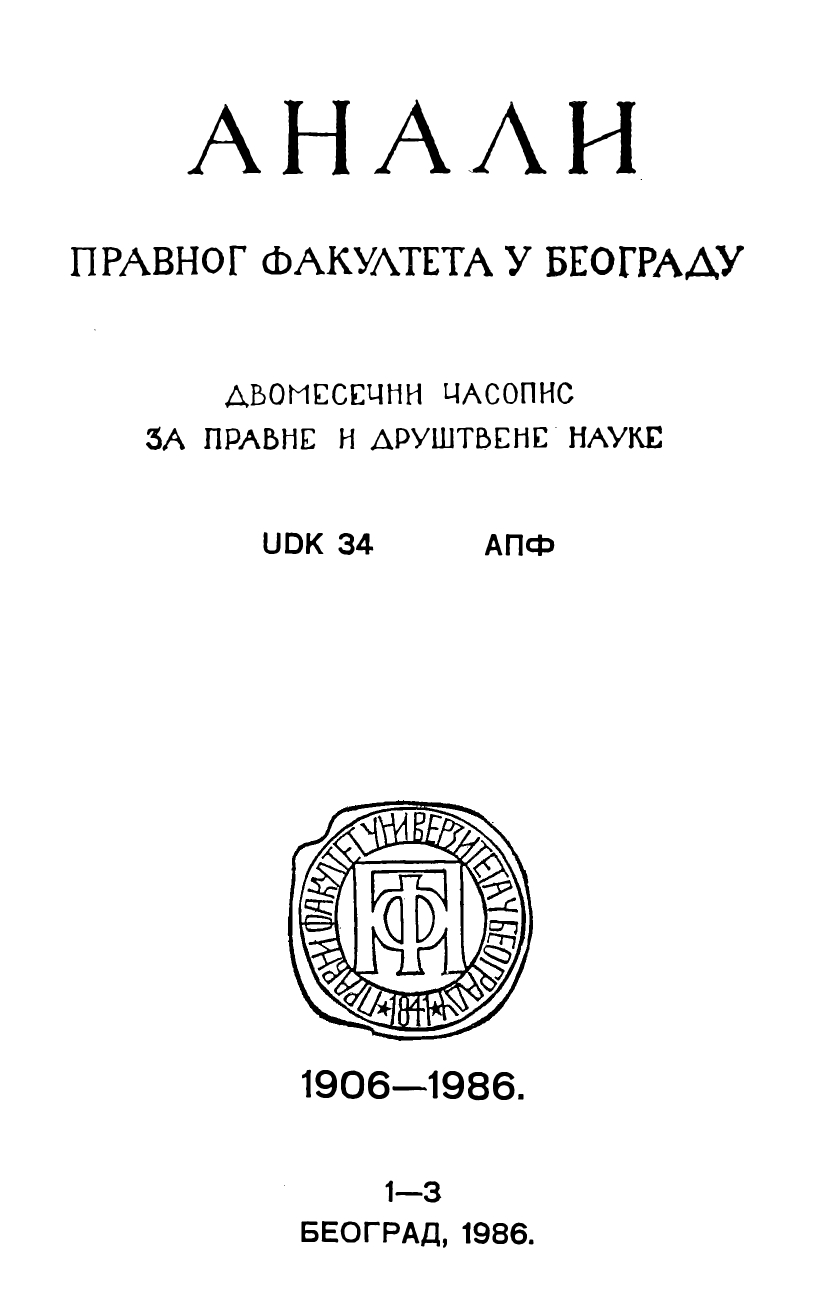ШТРАЈК И LOCK-OUT У ПРАВУ СЈЕДИЊЕНИХ АМЕРИЧКИХ ДРЖАВА
STRIKE AND LOCK-OUT IN THE AMERICAN LAW
Author(s): Budimir KošutićSubject(s): Law, Constitution, Jurisprudence
Published by: Правни факултет Универзитета у Београду
Summary/Abstract: Strike and lock-out in American law are closely connected to the system of collective bargaining on terms and regime of labour. Therefore the American law, and more particularly the Labour Management Relations Act of 1947, recognizes the right to strike and lock-out, as a means for settling labour disputes within the process of collective negotiating. The Act at the same time establishes a duty of both the trade unions and management to negotiate collectively. Along these lines, American law, contrary to the laws of many European countries, does not provide for a duty ofindustrial peace (namely, the prohibition of strike) after entering into a collective labour contract. The parties are under a duty to negotiate on that prohibition of resorting to strike or to lock-out, while the duty of establishing peace is created only if the two parties reach an agreement thereof, and if they insert the relevant-term in the collective contract of labour. American law on labour relations, namely the Taft-Hartley Act of 1947,. established a stricter regime concerning strikes, as compared to the so-called Vagner’s Act of 1935. First of all, the former Act establishes a duty of the trade union to inform the employer (and vice versa) sixty days in advance,, on its intention to rescind the collective labour contract, or to introduce changes in such a contract. During that period the trade union is obliged to adhere to all terms and conditions of the contract, including the refraining from strike. In such a way the management has enough time to prepare for the strike and to eliminate its negative effects to their interests. Specific rules on the regime of strike are established for the area of so-called particular national emergencies. The 1947 Act vests special authority in such a case to the president of the United States, provided if he was not successful to settle the labour dispute by his intervention, the final decision being reached by the US Congress. The regime of strike introduced by the Taft-Hartley 1947 Act, followed by the unequal economic might of management and the trade unions, were the cause of decreasing of number of strikes in the key industrial branches in the United States, although wages do not keep pace with the rate of profit realized in them.
Journal: Анали Правног факултета у Београду
- Issue Year: 34/1986
- Issue No: 1-3
- Page Range: 92-100
- Page Count: 9
- Language: Serbian

